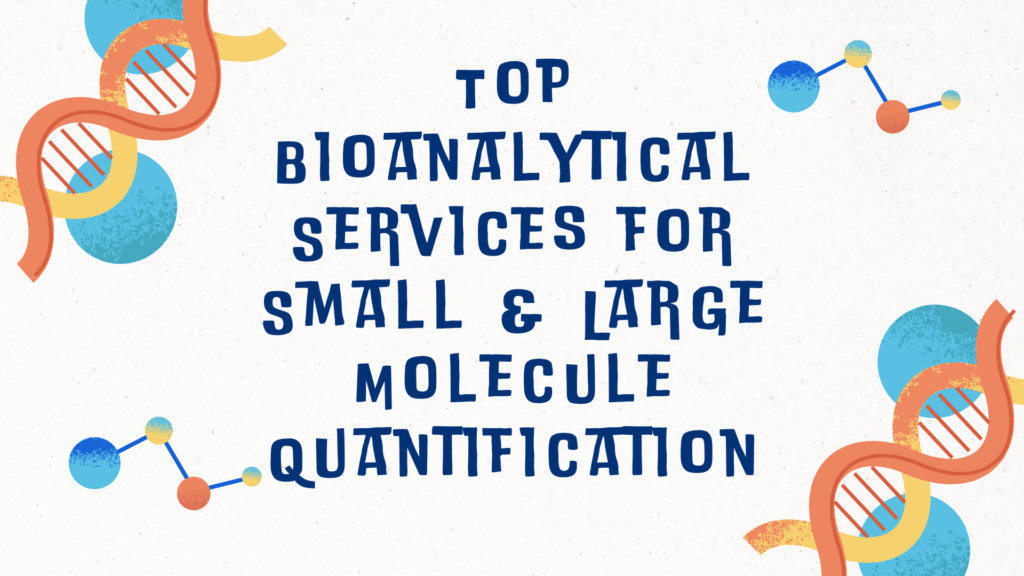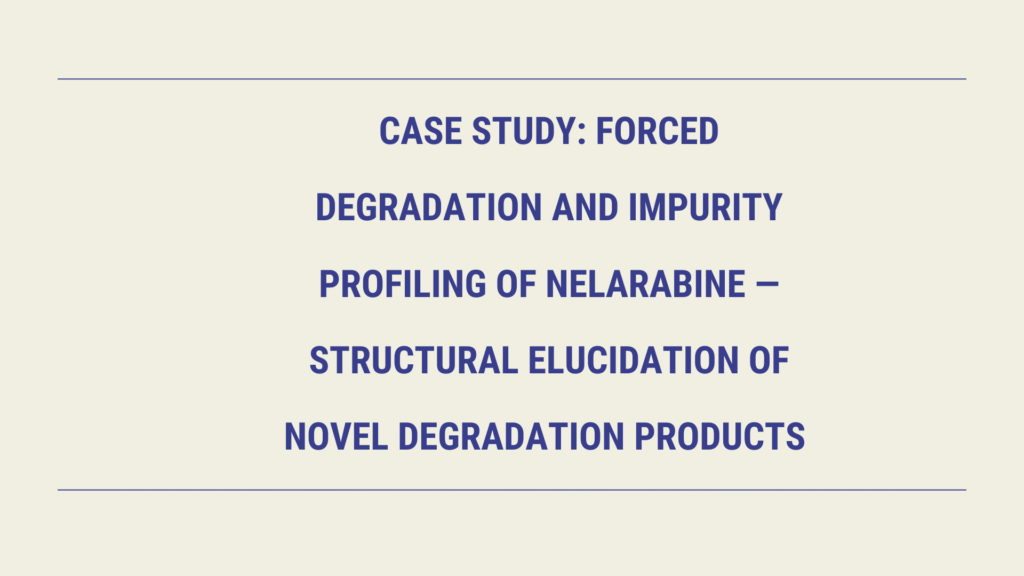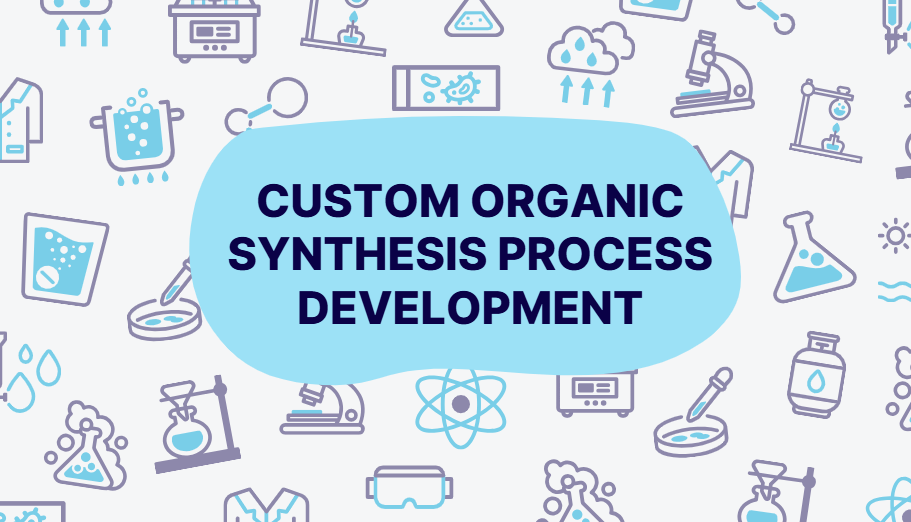The great word – “polymer”, they’re everywhere all around us, whether it’s in your vehicle, the fibres in clothes or medical devices. These large molecules consist of small repeating units known as monomer which have transformed our society. From discovery of natural polymers like rubber and cellulose to today’s innovative custom polymer synthesis techniques , their journey has been fascinating and revolutionary.
This blog explores the key milestones in the history of polymer synthesis, its impact on modern science, and its role in driving innovations across industries.
The Early Days: Natural Polymers
Before the advent of synthetic polymers, nature provided the world with a variety of natural polymers like cellulose, starch, and natural rubber. Early civilizations unknowingly used these materials for daily applications:
- Cellulose: The primary structural component of plant cell walls.
- Starch: A polysaccharide used as food and adhesives.
- Rubber: Harvested from rubber trees and used by indigenous tribes for waterproofing and elastic materials.
Key Milestone: In 1839, Charles Goodyear discovered vulcanization, a process that strengthened natural rubber by heating it with sulfur, making it suitable for industrial use.
The Birth of Synthetic Polymers
1. Parkesine (The First Synthetic Polymer)
In 1862, Alexander Parkes introduced the first semi-synthetic polymer, Parkesine. Derived from cellulose, it was a precursor to celluloid, marking the dawn of synthetic materials.
2. Bakelite: The First Fully Synthetic Polymer
The breakthrough came in 1907 when Leo Baekeland developed Bakelite, the first fully synthetic polymer. Bakelite was:
- Non-conductive, heat-resistant, and moldable.
- Widely used in electrical insulators, radios, and automotive parts.
This milestone established the foundation for the polymer revolution.
The Golden Age of Polymer Chemistry: 1920s–1950s
3. Hermann Staudinger’s Molecular Theory (1920)
Hermann Staudinger, often called the “Father of Polymer Chemistry,” proposed the macromolecular theory in 1920. He suggested that polymers were made of long chains of covalently bonded repeating units.
- His work laid the theoretical foundation for modern polymer science.
- Staudinger was awarded the Nobel Prize in Chemistry in 1953.
To begin you polymer synthesis, visit our Beginner’s Guide to Polymer Synthesis.
4. Nylon: A Breakthrough in Synthetic Fibers (1935)
Wallace Carothers, a chemist at DuPont, synthesized nylon in 1935—a strong, lightweight, and versatile synthetic fiber.
- Nylon was first used for toothbrush bristles and women’s stockings.
- Its success during World War II for parachutes and military gear demonstrated the potential of polymers.
This marked the start of large-scale production and industrial use of polymers.
5. Polyethylene and Its Industrial Applications
In 1933, ICI (Imperial Chemical Industries) discovered polyethylene (PE), a lightweight and flexible polymer. It soon became widely used due to its:
- Excellent insulating properties.
- Versatility for packaging, pipes, and electronics.
Two critical advancements in polyethylene synthesis:
- Low-Density Polyethylene (LDPE): Developed using high-pressure methods.
- High-Density Polyethylene (HDPE): Karl Ziegler’s discovery in 1953 led to controlled polymerization using catalysts.
Post-War Polymer Boom (1950s–1970s)
The post-World War II era saw unprecedented growth in polymer synthesis, driven by demand for innovative and cost-effective materials.
See key techniques in custom polymer synthesis to know about innovations in today’s precise controlled methods.
6. Ziegler-Natta Catalysts (1953)
Karl Ziegler and Giulio Natta revolutionized polymer chemistry with the discovery of Ziegler-Natta catalysts, which enabled precise control over polymerization.
- This led to the production of isotactic polypropylene (PP), a strong and lightweight polymer used in packaging, textiles, and automotive parts.
Their contributions earned them the Nobel Prize in Chemistry in 1963.
7. Teflon (PTFE): A Non-Stick Innovation
In 1938, Roy Plunkett accidentally discovered Teflon (polytetrafluoroethylene, PTFE), a polymer with exceptional chemical resistance and non-stick properties.
- Teflon became invaluable in cookware, aerospace, and chemical industries.
Modern Era: Engineering and Custom Polymer Synthesis
The 1970s and beyond marked the evolution of custom polymer synthesis, where scientists developed tailor-made polymers for specific applications. Also read our blog on custom PLGA synthesis for drug delivery systems, which is based on custom polymer synthesis.
8. Conductive Polymers (1977)
Alan Heeger, Alan MacDiarmid, and Hideki Shirakawa discovered conductive polymers, which combined electrical conductivity with polymer flexibility.
- Applications include solar cells, sensors, and organic electronics.
- They received the Nobel Prize in Chemistry in 2000 for this innovation.
- Drug delivery systems.
- Tissue engineering scaffolds.
- Responsive coatings and textiles.
Read more about importance of conductive polymers.
9. Biodegradable and Bio-based Polymers
The increasing focus on sustainability and environmental impact led to the development of biodegradable polymers like:
- Polylactic Acid (PLA): Derived from renewable resources like corn starch.
- Polyhydroxyalkanoates (PHAs): Produced by microorganisms.
These polymers are revolutionizing packaging, medical devices, and eco-friendly solutions.
Also visit custom biopolymer synthesis for medical applications like tissue scaffolds, sutures, and implants.
10. Smart Polymers and Advanced Materials
Modern advancements have given rise to smart polymers that respond to external stimuli like temperature, pH, and light. Applications include:
Key Innovations in Polymer Synthesis Techniques
The development of controlled and precise synthesis techniques has enabled innovations in polymer design:
| Technique | Description | Applications |
| Living Polymerization | Enables control over polymer chain length. | Advanced materials, block copolymers. |
| Ring-Opening Polymerization | Allows the synthesis of cyclic polymers. | Biodegradable plastics, medical devices. |
| Click Chemistry | Facilitates efficient polymer functionalization. | Smart materials, hydrogels. |
check our informative guide on deuterated polymers to learn about next generation of polymer design.
The Role of Polymer Synthesis in Modern Industrie
The ability to create custom polymers has transformed multiple sectors:
- Healthcare: Polymers are used in drug delivery systems, medical implants, and tissue engineering.
- Electronics: Conductive polymers enable flexible displays, solar panels, and sensors.
- Aerospace and Automotive: Lightweight polymers reduce fuel consumption and improve durability.
- Sustainability: Bio-based and biodegradable polymers address environmental challenges.
Future Trends in Polymer Synthesis
The future of polymer synthesis is focused on:
- Green Chemistry: Use of eco-safe solvents to renewable materials. Read more on green principles in custom synthesis.
- 3D Printing Materials: Custom polymers for additive manufacturing.
- Nanopolymers: Polymers at the nanoscale for drug delivery and advanced coatings.
- Artificial Intelligence (AI): Use of simulations and prediction models to accelerate polymer discovery— AI in polymer synthesis.
The Role of Polymer Synthesis in Modern Industries
nowadays, in industries polymer synthesis is in prime.
- Healthcare: Drug delivery systems, surgical implants, biopolymers
- Electronics: Flexible circuits, OLEDs, wearable devices
- Aerospace & Automotive: Lightweight composites and fuel-efficient components
- Sustainability: Compostable packaging, renewable materials
discover about custom polymer synthesis solutions tailored to your industry.
Why Choose ResolveMass Laboratories for Custom Polymer Synthesis?
At ResolveMass Laboratories, we specialize in cutting-edge custom polymer synthesis services to meet the unique demands of your projects. Our expertise includes:
- Tailored polymer design and synthesis.
- Advanced characterization techniques.
- Comprehensive solutions for biomedical, industrial, and environmental applications.
Explore Our Services
Learn About Our Antibody Sequencing Solutions
Conclusion
The history of polymer synthesis is a story of relentless innovation, from early discoveries of natural polymers to the cutting-edge custom polymers of today. Each milestone has not only shaped material science but also transformed industries and improved everyday life. With advances in sustainability, smart materials, and nanotechnology, polymer synthesis continues to pave the way for a more innovative and sustainable future.
Partner with ResolveMass Laboratories to bring the next polymer breakthrough to life with our expert custom polymer synthesis solutions.
ResolveMass Laboratories Inc.: Your Trusted Partner in Polymer Synthesis and Characterization
ResolveMass Laboratories Inc. is a leading contract research organization in Canada, recognized for its excellence in custom polymer synthesis and advanced polymer characterization. With over a decade of experience, we have successfully delivered high-performance polymer solutions for applications in pharmaceuticals, biotechnology, medical devices, and advanced materials. Our multidisciplinary team of polymer chemists and materials scientists holds extensive expertise in designing, synthesizing, and characterizing complex polymer systems—including block copolymers, functionalized bioconjugates, and PEGylated compounds.
What sets us apart is our ability to provide end-to-end support—from molecular design and synthesis to structural validation using techniques like NMR, GPC, MALDI-TOF, DSC, TGA, LCMS, GCMS, and FTIR. Whether you require custom polymers for research or GMP-grade materials for product development, we tailor every project to your specifications while ensuring regulatory compliance and quality assurance.
Clients across North America trust ResolveMass for our scientific rigor, transparency, and commitment to delivering reproducible results. Partner with ResolveMass Laboratories for polymer synthesis and characterization—where innovation meets dependability.
Ready to Get Started?
📩 Contact our expert team
📞 Request a quote for method development
📅 Book a consultation with our scientists
🧪 Submit your sample for testing
References
- Histroy of Polymers, https://www.tandfonline.com/doi/pdf/10.1163/156855508X292383
- Polymer science, https://en.wikipedia.org/wiki/Polymer_science
The Role of Extractables and Leachables (E&L) in Carcinogenicity Risk
Introduction Extractables and Leachables Carcinogenicity Testing plays a vital role in protecting patients who rely…
Case Study: Forced Degradation Study of Gimeracil — Discovery and Structure Elucidation of Novel Impurities
Introduction Forced degradation studies are a cornerstone of modern pharmaceutical development, enabling scientists to intentionally…
Affordable Bioanalytical Services for Start-Up Biotech: What to Expect
INTRODUCTION Affordable bioanalytical services for start-up biotech companies provide the essential analytical support needed to…
Top Bioanalytical Services for Small & Large Molecule Quantification
Introduction Bioanalytical services for small & large molecule quantification are essential for ensuring precision, sensitivity,…
Why Choose ResolveMass Laboratories for Bioanalytical Services: A Service Overview
INTRODUCTION The short answer is: clients choose ResolveMass because this ResolveMass Bioanalytical Services Overview demonstrates…
Case Study: Forced Degradation and Impurity Profiling of Nelarabine — Structural Elucidation of Novel Degradation Products
Introduction: The Critical Role of Forced Degradation in Defining Nelarabine Stability Forced degradation testing continues…








